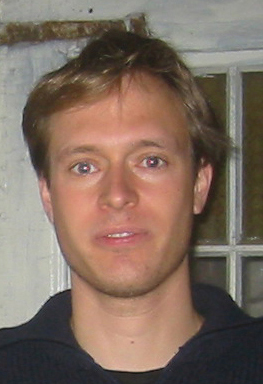
Sensory augmentation: modulation of spatial perception with an artificial geomagnetic-auditory compass signal
salle Langevin, 29 rue d'Ulm, Paris 75005
Sensory augmentation seeks to non-invasively extend sensory functions using artificial sensors. In my talk, I present a new project that tests the spatial integration of a recently developed novel sensory augmentation device that indicates a perceivers head orientation relative to geomagnetic north. The new device ‘piggy-backs’ the output of a head-based electronic compass on lower-level sensory characteristics of distal auditory-directional cues using 3D sound. It thus artificially provides a sensory signal that remains globally stable under ego motion across environments, which is not naturally available to human observers. Initial work under laboratory conditions showed that this signal can rapidly modulate vestibular-only space as evidenced by vestibular adaptation to the signal. Current experiments, in planning, seek to test if vestibular integration follows an optimal integration scheme, and if integration is possible under more ecological conditions that combine the signal with other internal and external sensory channels and internal models of the expected sensory consequences of action.

